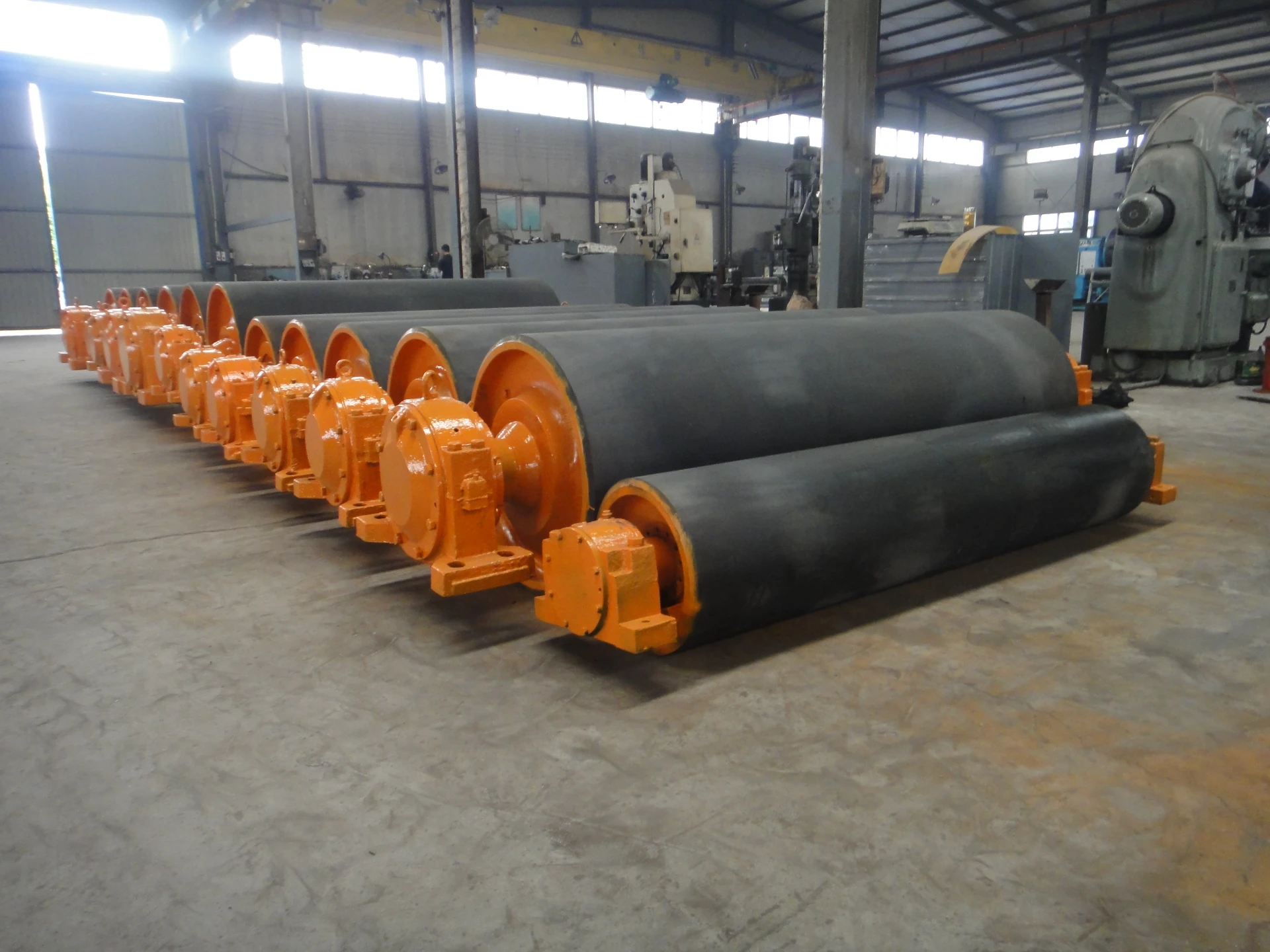 Afrikaans
Afrikaans  Albanian
Albanian  Amharic
Amharic  Arabic
Arabic  Armenian
Armenian  Azerbaijani
Azerbaijani  Basque
Basque  Belarusian
Belarusian  Bengali
Bengali  Bosnian
Bosnian  Bulgarian
Bulgarian  Catalan
Catalan  Cebuano
Cebuano  Corsican
Corsican  Croatian
Croatian  Czech
Czech  Danish
Danish  Dutch
Dutch  English
English  Esperanto
Esperanto  Estonian
Estonian  Finnish
Finnish  French
French  Frisian
Frisian  Galician
Galician  Georgian
Georgian  German
German  Greek
Greek  Gujarati
Gujarati  Haitian Creole
Haitian Creole  hausa
hausa  hawaiian
hawaiian  Hebrew
Hebrew  Hindi
Hindi  Miao
Miao  Hungarian
Hungarian  Icelandic
Icelandic  igbo
igbo  Indonesian
Indonesian  irish
irish  Italian
Italian  Japanese
Japanese  Javanese
Javanese  Kannada
Kannada  kazakh
kazakh  Khmer
Khmer  Rwandese
Rwandese  Korean
Korean  Kurdish
Kurdish  Kyrgyz
Kyrgyz  Lao
Lao  Latin
Latin  Latvian
Latvian  Lithuanian
Lithuanian  Luxembourgish
Luxembourgish  Macedonian
Macedonian  Malgashi
Malgashi  Malay
Malay  Malayalam
Malayalam  Maltese
Maltese  Maori
Maori  Marathi
Marathi  Mongolian
Mongolian  Myanmar
Myanmar  Nepali
Nepali  Norwegian
Norwegian  Norwegian
Norwegian  Occitan
Occitan  Pashto
Pashto  Persian
Persian  Polish
Polish  Portuguese
Portuguese  Punjabi
Punjabi  Romanian
Romanian  Russian
Russian  Samoan
Samoan  Scottish Gaelic
Scottish Gaelic  Serbian
Serbian  Sesotho
Sesotho  Shona
Shona  Sindhi
Sindhi  Sinhala
Sinhala  Slovak
Slovak  Slovenian
Slovenian  Somali
Somali  Spanish
Spanish  Sundanese
Sundanese  Swahili
Swahili  Swedish
Swedish  Tagalog
Tagalog  Tajik
Tajik  Tamil
Tamil  Tatar
Tatar  Telugu
Telugu  Thai
Thai  Turkish
Turkish  Turkmen
Turkmen  Ukrainian
Ukrainian  Urdu
Urdu  Uighur
Uighur  Uzbek
Uzbek  Vietnamese
Vietnamese  Welsh
Welsh  Bantu
Bantu  Yiddish
Yiddish  Yoruba
Yoruba  Zulu
Zulu Improving Pulley Performance with Durable Rubber Lagging Solutions for Enhanced Grip and Longevity
The Importance of Rubber Lagging in Pulley Systems
Rubber lagging on pulleys is a crucial component in many industrial applications, providing enhanced grip, reducing wear, and improving the overall efficiency of conveyor systems. The primary function of rubber lagging is to increase the friction between the pulley and the belt, preventing slippage and maximizing the transfer of power. This article delves into the benefits, applications, and considerations surrounding rubber lagging for pulleys.
Benefits of Rubber Lagging
1. Enhanced Friction One of the most significant advantages of rubber lagging is its ability to improve the frictional grip between the pulley and the conveyor belt. By increasing grip, it helps to reduce slippage, which can lead to material spills and reduced system efficiency.
2. Wear and Tear Reduction The use of rubber lagging minimizes wear on both the pulley and the conveyor belt. With a smoother surface on the pulley, there is less abrasion on the belt, prolonging its life and reducing the overall maintenance costs associated with conveyor systems.
3. Vibration Damping Rubber has excellent vibration-damping properties. This feature is particularly beneficial in high-speed applications where vibrations can lead to component fatigue and failure. By absorbing some of these vibrations, rubber lagging can help enhance the durability of the system.
4. Corrosion Resistance In many industrial environments, pulleys are exposed to harsh conditions, including moisture and corrosive materials. Rubber lagging can offer a layer of protection against corrosion, further enhancing the longevity of the pulley system.
5. Noise Reduction The elastic properties of rubber also help reduce noise levels in conveyor systems. This is especially important in settings where maintaining a quiet environment is crucial for safety and comfort.
Applications of Rubber Lagging
rubber lagging pulley

Rubber lagging is widely used in various industries, including mining, agriculture, manufacturing, and material handling. In mining, it is crucial for reducing slippage on conveyors which transport bulk materials such as coal, minerals, and aggregates. In agricultural settings, rubber lagged pulleys are commonly found in equipment that moves grains and other produce, ensuring a smooth and reliable operation.
Manufacturing and logistics industries also benefit from the improved performance of rubber-lagged pulleys. In automated systems, where precision and reliability are paramount, these pulleys help maintain consistent transfer of materials between processes.
Considerations for Rubber Lagging
While the benefits of rubber lagging are significant, there are several considerations to keep in mind when incorporating it into pulley systems.
1. Material Selection The type of rubber used can vary significantly based on the specific application. Factors such as temperature, chemical exposure, and load conditions will influence the choice of rubber compound.
2. Lagging Thickness The thickness of the rubber lagging should be determined based on the operational requirements. Thicker lagging can provide better grip and cushioning but may also add additional weight and require more power to operate.
3. Installation and Maintenance Proper installation techniques are essential to ensure the longevity and effectiveness of rubber lagging. Regular maintenance checks should also be scheduled to monitor wear and to make necessary adjustments.
Conclusion
Rubber lagging of pulleys plays a vital role in the efficiency and reliability of many industrial systems. By providing enhanced friction, reducing wear, and offering protection against harsh environments, rubber lagged pulleys contribute to smoother operations and decreased maintenance costs. As industries continue to evolve, the importance of high-performance components like rubber lagging will only continue to grow, highlighting its crucial role in modern industrial applications. As businesses seek to optimize productivity and durability, investing in quality rubber lagging solutions will remain a key consideration.
-
Revolutionizing Conveyor Reliability with Advanced Rubber Lagging PulleysNewsJul.22,2025
-
Powering Precision and Durability with Expert Manufacturers of Conveyor ComponentsNewsJul.22,2025
-
Optimizing Conveyor Systems with Advanced Conveyor AccessoriesNewsJul.22,2025
-
Maximize Conveyor Efficiency with Quality Conveyor Idler PulleysNewsJul.22,2025
-
Future-Proof Your Conveyor System with High-Performance Polyurethane RollerNewsJul.22,2025
-
Driving Efficiency Forward with Quality Idlers and RollersNewsJul.22,2025





























